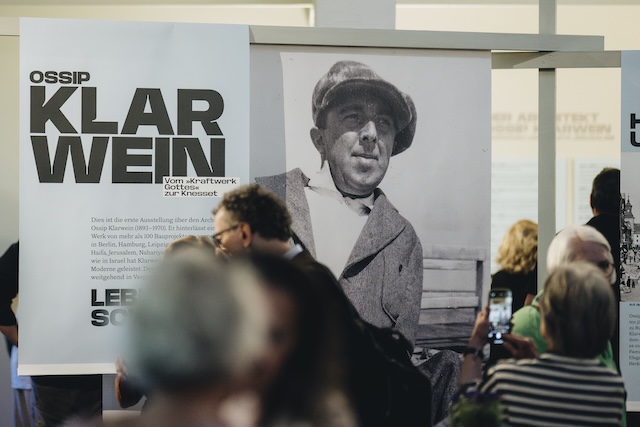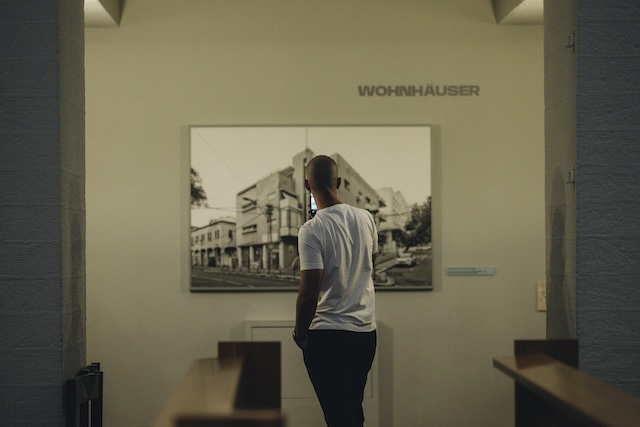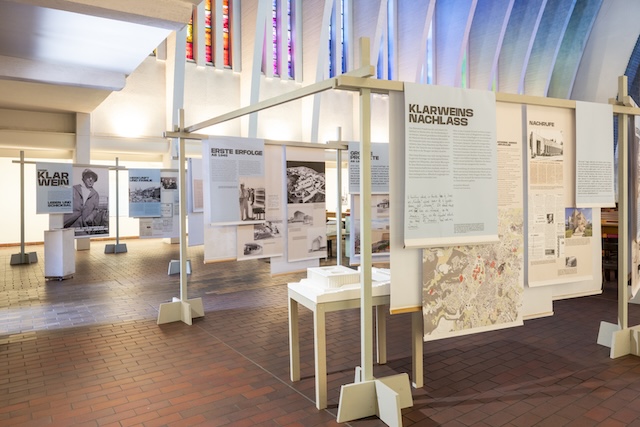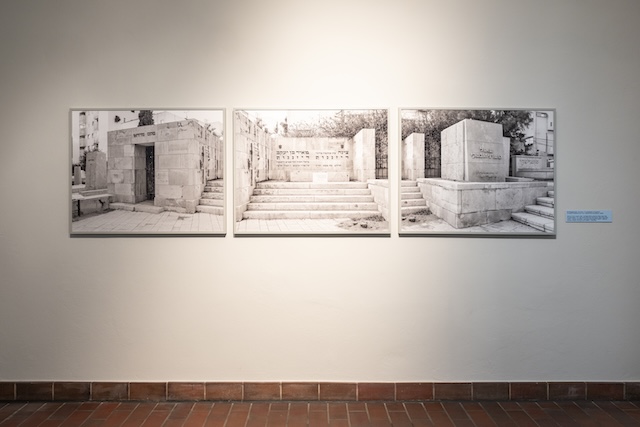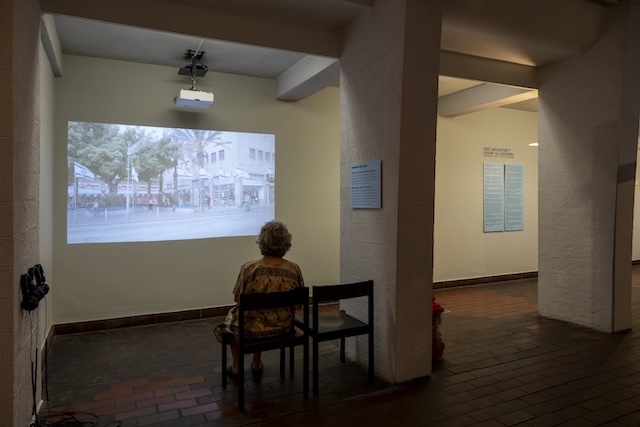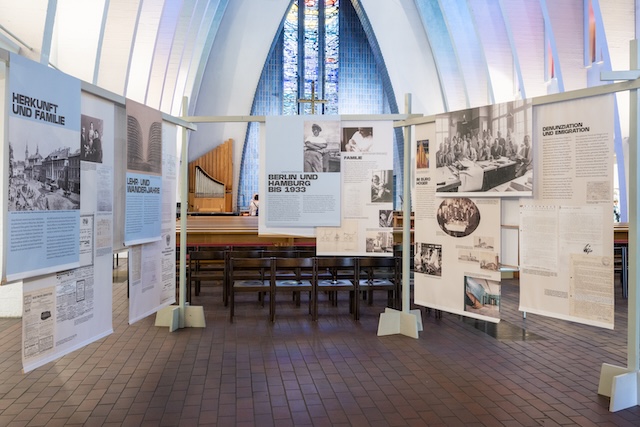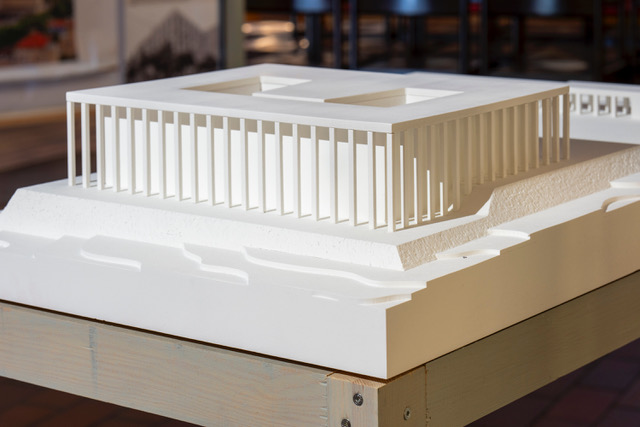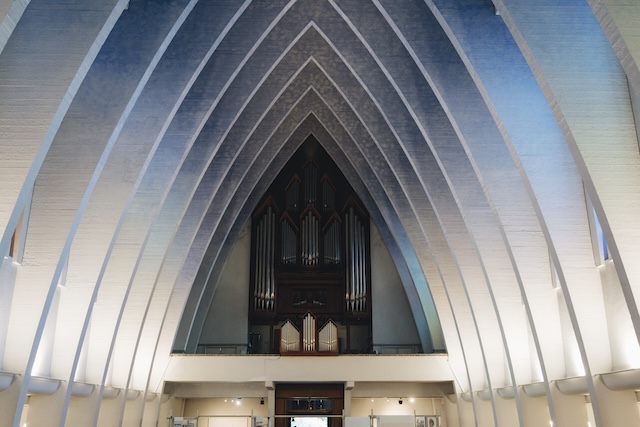Ossip Klarwein
Visit the exhibition
ERNST BARLACH HAUS
Stiftung Hermann F. Reemtsma
Jenischpark, Baron-Voght-Straße 50A
22609 Hamburg
November 16, 25 to February 8, 26
Opening hours: Tuesday to Sunday, 11 a.m. to 6 p.m. (Also open on Mondays on public holidays)
Content
Exhibition
Klarwein
News
Projects
Contact
“I am extremely busy. I’m working on major projects: the university in Jerusalem, the central train station in Tel Aviv, the bus terminal in Jerusalem, buildings for the health fund and the labor union, a national memorial with a park — and all of it, almost entirely without assistance. One must work hard here, but the work brings a quiet kind of happiness.”
Klarwein 1954 to friends in Germany
This is the first monographic exhibition on the important architect Ossip (also: Joseph) Klarwein. His most prominent building is the Knesset, the Israeli parliament building. The exhibition is accompanied by an easily understood catalog based on academic research published in collaboration with German and Israeli authors.
Concept and curation: Jacqueline Hénard
Repsonsible institution: Active Museum Fascism and Resistance in Berlin e.V.
Sponsors:

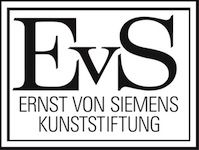




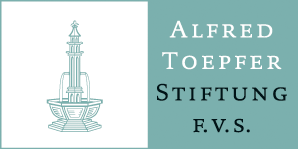
Exhibition
Klarwein was already a representative of the avant-garde as chief architect of brick expressionist Fritz Höger – who was world famous at the time – and, after emigrating in 1933, had a decisive influence on the architecture of the young state of Israel. Despite this, his work is still not widely known today. The exhibition presents the most important of his more than 100 projects and illustrates his influence on modern architecture.
Prominent designs in Germany
Architectural work during the Britsh Mandate
Freelance architect and urban planner in the young state of Israel

Information about the exhibition
- Introduction by the curator: background and content of the exhibition
- Replica of the model of Klarwein’s lost competition design for the Knesset
- Interactive 3D modeling of Klarwein’s original design for the Kirche Am Hohenzollernplatz
- “Eli Singalovski photographs Klarwein” – photographic essay and installations by the internationally renowned architectural photographer and visual artist
Exhibition
ERNST BARLACH HAUS
Stiftung Hermann F. Reemtsma
Jenischpark, Baron-Voght-Straße 50A
22609 Hamburg
November 16, 25 to February 8, 26
Information about the catalog
Hénard, Jacqueline (ed.)
Ossip Klarwein – An Architect’s Journey from Berlin to Jerusalem
Contributors: Doron Bar, Dafna Berger Shperling, Johannes Cramer, Diana Dolev, Sigal Davidi, Jacqueline Hénard, Noah Hysler Rubin, Guy Jamo, Talia Margalit,
Translators: Sue McRae, Hans Brandt
Verlag Kettler, 2025
160 pages, 307 color illustrations, bilingual (D/E) | ISBN: German 978-3-98741-197-7 | English 978-3-98741-198-4 | Price: 34 € in bookstores / 25 € in museums
Ossip Klarwein
Warsaw 1893 – Jerusalem 1970
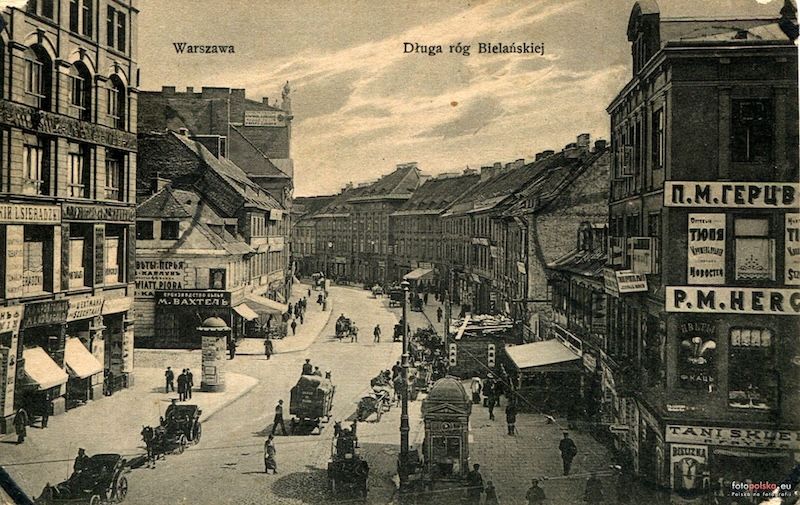
Childhood and formative years
1893 – 1926
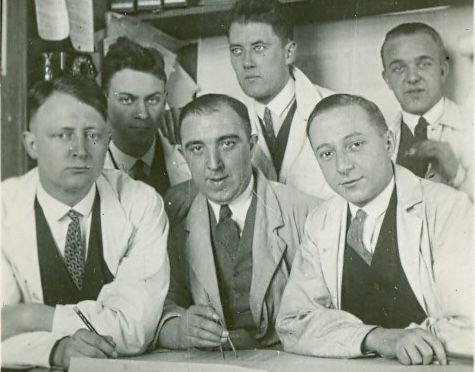
Chief architect at Höger
1926 – 1933
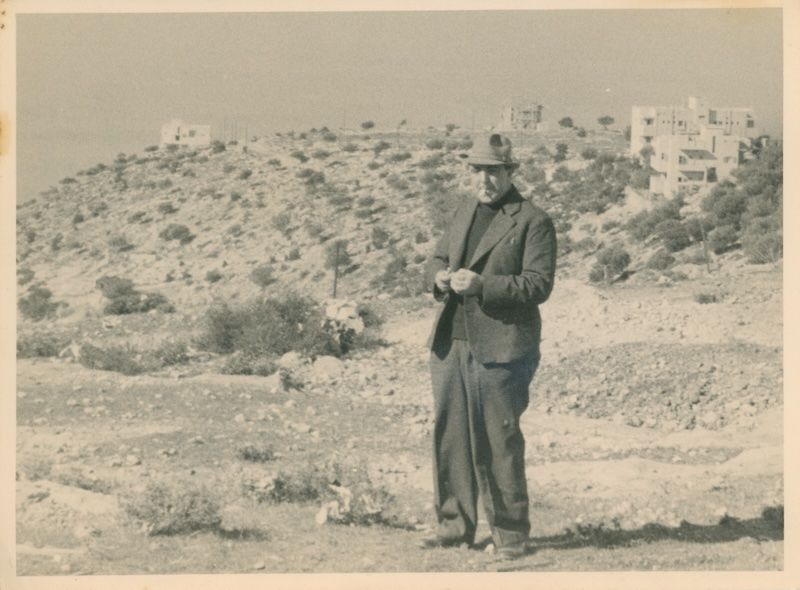
A new beginning in British Mandate Palestine

Freelance architect and urban planner in Israel
Appointed city architect of Jerusalem from 1948, master plans for the government district and the Hebrew University, among others. Tomb of Theodor Herzl, Knesset parliament building, Dagon Silos in Haifa

Private life
News
Projects
Eli Singalovski | Tracing Klarwein
The young Hamburg-Israeli architectural photographer and installation artist Eli Singalovski photographed Klarwein. A bilingual brochure explains his approach..
The lost original model of the Knesset
Film project by students
For two semesters, 24 international students from Tel Aviv University prepared short documentary films about Klarwein’s most important buildings in Israel. They are an integral part of the exhibition. In a brochure (in German only), they present the five short films in their own words. To the YouTube channel
Memorial plaque for Ossip Klarwein
Info sculpture Kirche Am Hohenzollernplatz
"Stolperstein" for Klarweins sister Bronislawa
A “Stumbling Stone” in memory of Klarwein’s younger sister Bronislawa was laid in front of her long-time home at Motzstraße 15 in Berlin-Schöneberg on June 19, 2025. She lived there from 1931 until her deportation to Theresienstadt and Auschwitz in 1944. The life and fate of Bronislawa Klarwein have become known to some extent as part of research into her brother Ossip. The descendants knew nothing of her existence. Her great-niece Sérafine Klarwein gave a speech, which we document here together with the brochure on her life.

